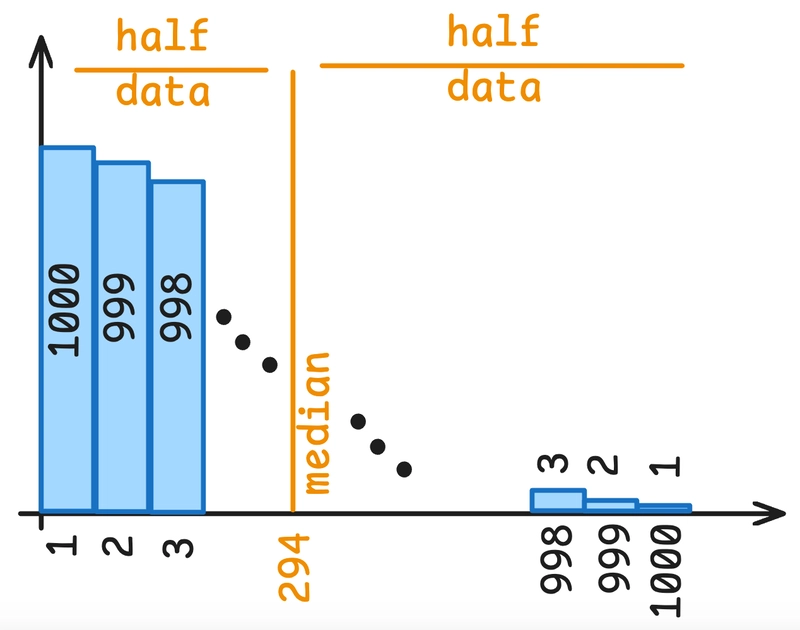Cloud Computing Explained: Benefits, Challenges, and Future Trends
Introduction In today's digital era, cloud computing has revolutionized the way businesses and individuals store, manage, and process data. From startups to multinational corporations, organizations are rapidly adopting cloud technologies to enhance efficiency, scalability, and security. Cloud computing provides on-demand access to computing resources such as servers, storage, databases, networking, and software, all over the internet. Instead of maintaining costly on-premise infrastructure, businesses can leverage cloud solutions to streamline operations and optimize costs. This blog explores what cloud computing is, its benefits, challenges, and future trends, making it an essential read for IT professionals, business leaders, and tech enthusiasts. What is Cloud Computing? Cloud computing is a technology that enables users to store, manage, and access data and applications over the internet rather than relying on local servers or personal computers. It operates on a pay-as-you-go model, allowing businesses to scale resources up or down based on demand. Cloud services are typically classified into three models:

Introduction
In today's digital era, cloud computing has revolutionized the way businesses and individuals store, manage, and process data. From startups to multinational corporations, organizations are rapidly adopting cloud technologies to enhance efficiency, scalability, and security.
Cloud computing provides on-demand access to computing resources such as servers, storage, databases, networking, and software, all over the internet. Instead of maintaining costly on-premise infrastructure, businesses can leverage cloud solutions to streamline operations and optimize costs.
This blog explores what cloud computing is, its benefits, challenges, and future trends, making it an essential read for IT professionals, business leaders, and tech enthusiasts.
What is Cloud Computing?
Cloud computing is a technology that enables users to store, manage, and access data and applications over the internet rather than relying on local servers or personal computers. It operates on a pay-as-you-go model, allowing businesses to scale resources up or down based on demand.
Cloud services are typically classified into three models:










































































































































































![[The AI Show Episode 142]: ChatGPT’s New Image Generator, Studio Ghibli Craze and Backlash, Gemini 2.5, OpenAI Academy, 4o Updates, Vibe Marketing & xAI Acquires X](https://www.marketingaiinstitute.com/hubfs/ep%20142%20cover.png)



























































































































![[DEALS] The Premium Learn to Code Certification Bundle (97% off) & Other Deals Up To 98% Off – Offers End Soon!](https://www.javacodegeeks.com/wp-content/uploads/2012/12/jcg-logo.jpg)


![From drop-out to software architect with Jason Lengstorf [Podcast #167]](https://cdn.hashnode.com/res/hashnode/image/upload/v1743796461357/f3d19cd7-e6f5-4d7c-8bfc-eb974bc8da68.png?#)






































































































.png?#)





.jpg?#)































_Christophe_Coat_Alamy.jpg?#)
 (1).webp?#)






































































































![Rapidus in Talks With Apple as It Accelerates Toward 2nm Chip Production [Report]](https://www.iclarified.com/images/news/96937/96937/96937-640.jpg)







































































































































